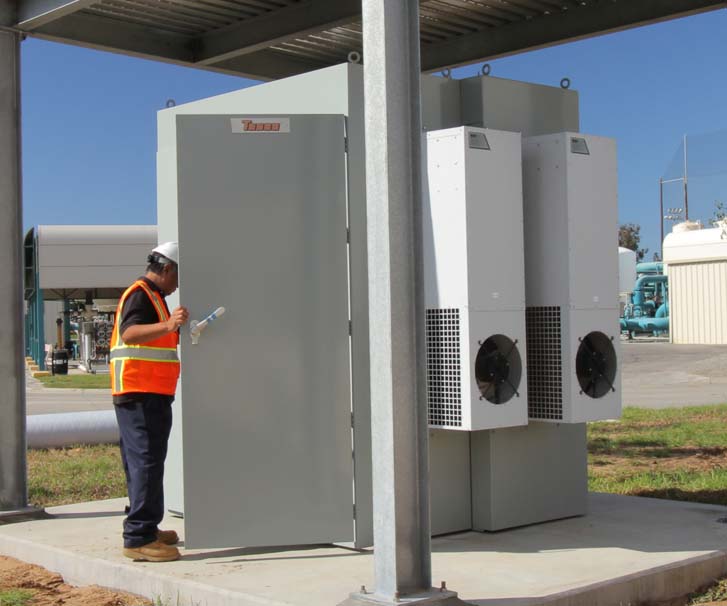
West Basin Municipal Water District Saves $90,000 Annually
Already a leader in water conservation and recycling, West Basin Municipal Water District (West Basin) continues to step up its commitment to energy savings with enhancements to its Edward C. Little Water Recycling Facility (ECLWRF) in El Segundo, California, that are improving efficiencies and enabling Demand Response (DR) participation.
The ECLWRF produces 30 million gallons of recycled water daily, conserving enough drinking water to meet the needs of 60,000 households for a year. West Basin General Manager Rich Nagel notes that the former Supervisory Control and Data Acquisition (SCADA) system was “maxed out” on what it could control, but the upgrade to the system along with installing variable frequency drives (VFDs) to their pumps helps ensure ongoing reliability and allows the district to manage more equipment automatically. With Time-Of-Use rates and Critical Peak Pricing (CPP) events,it’s the perfect time to learn from West Basin’s energy-saving strategies and apply them to your facilities. Read more.
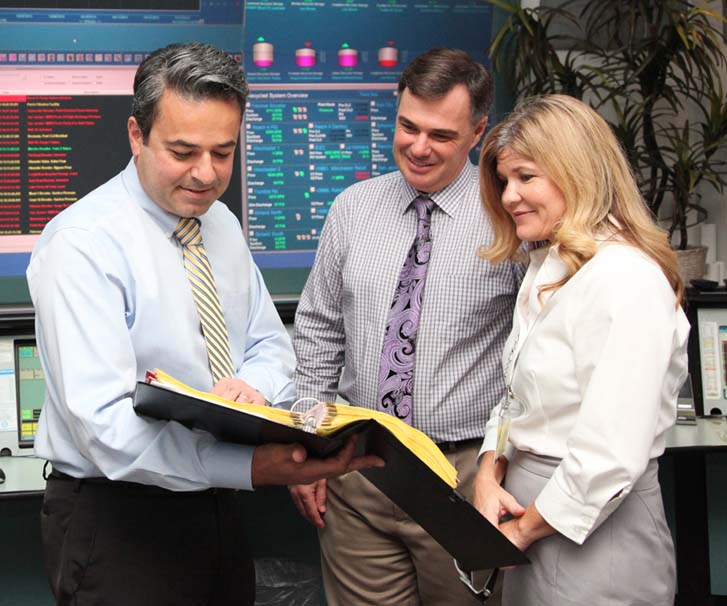
More Energy Management Success Stories
- The City of San Bernardino Municipal Water Department saves 4.7 million kWhs annually
- Eastern Municipal Water District saves 10.4 million kWhs from energy-efficiency projects
- Newhall Water District projected savings of 235,600 kilowatt-hours and $16,076.28 annually
- Central California City installs energy-efficient equipment using Savings By Design incentives for up to $500,000
Suburban Water Systems
This water district, which serves a population of about 300,000, increased overall plant efficiency by 18% with pump replacements and the installation of variable frequency drives (VFDs)
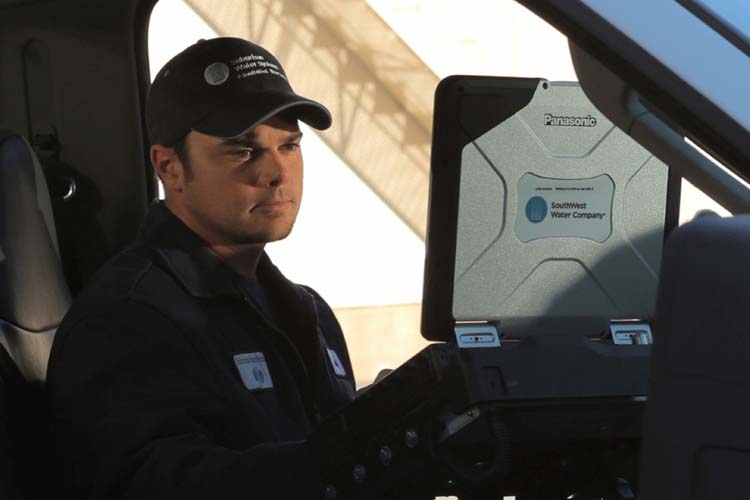
Essential Energy Technology for Water and Waste Treatment Facilities
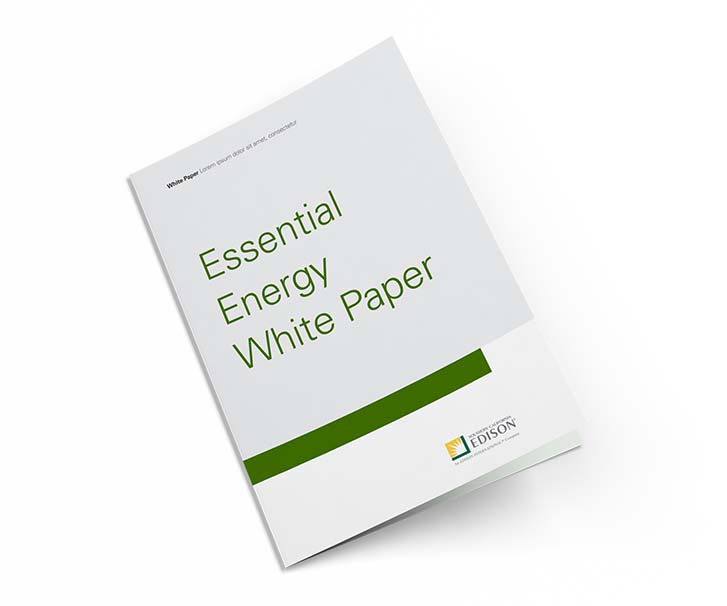
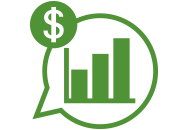
Energy-Efficient Solutions and Tips for Water and Wastewater
Several water and waste treatment facilities have already taken advantage of energy-efficient equipment. To help your facilities receive these same cost-efficient benefits, we offer low-interest financing for qualified energy-efficient projects.
Energy-Efficient Solutions and Tips for Water and Waste Treatment
Here are just a few of the energy programs and suggestions that our customers have employed to increase their cost efficiency. You’ll also find more business solutions in our Water and Waste Treatment Fact Sheet and a complete list of all our qualifying energy-efficiency incentives and demand response programs by requesting our Solutions Directory.
Want to explore your clean energy options with SCE? We want to help lower your energy bill and reduce your carbon footprint. Clean energy can help provide the solution.
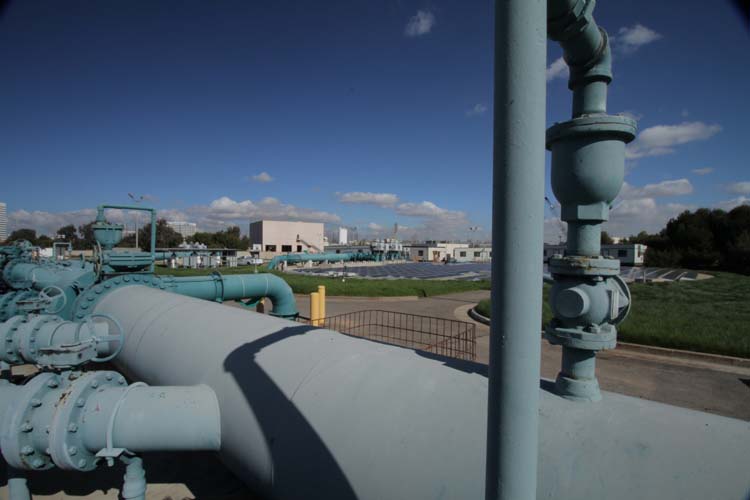
Motors and Compressors
Motor-driven equipment—such as pumps, air compressors and fans—can consume a large amount of energy. Making motors and compressors more efficient could reduce your energy costs.
Here are some ways to control your costs.
- Install automatic shut-off devices to reduce peak demand
- Install small air compressors for low-use periods
- Install sequencing controls on multiple-unit compressor systems
- Install variable-frequency drives to control motor speed
- Replace old motors with high-efficiency motors
- Practice preventive maintenance on motor systems
- Optimize system efficiency through smart SCADA controls, condensers, premium efficient motors, compressors and compressed air
Your facilities may already qualify for incentives that could put these energy-saving improvements into effect.
Lighting and Lighting Controls
Help improve your energy efficiency by better managing your lighting costs.
- Use LED bulbs and LED exit signs
- Install dimmable ballasts to lower energy use in fluorescent lamps
- Install inexpensive occupancy sensors
- Install sensory controllers on vending machines
- Install photocells or time clocks on outdoor lighting systems so they only operate from dusk to dawn
Your facilities may already qualify for incentives that could put these energy-saving improvements into effect.
Demand Response Programs (DR)
With these programs, receive bill credits for temporarily reducing energy use upon request during periods of high-energy demand. Choose the ones that best fit your operational needs.
Automated Demand Response (Auto-DR)
Receive energy savings by using smart technology that effortlessly and temporarily reduces the amount of energy your facilities uses (known as “load reduction”) during a DR event. With Auto-DR, load reduction is automatic and reliable, so it’s easier to participate in DR programs to capitalize on program earnings and help lower your energy costs.
- Install equipment that automates electrical load reduction during demand response events and receive Automated Demand Response Technology incentives.
